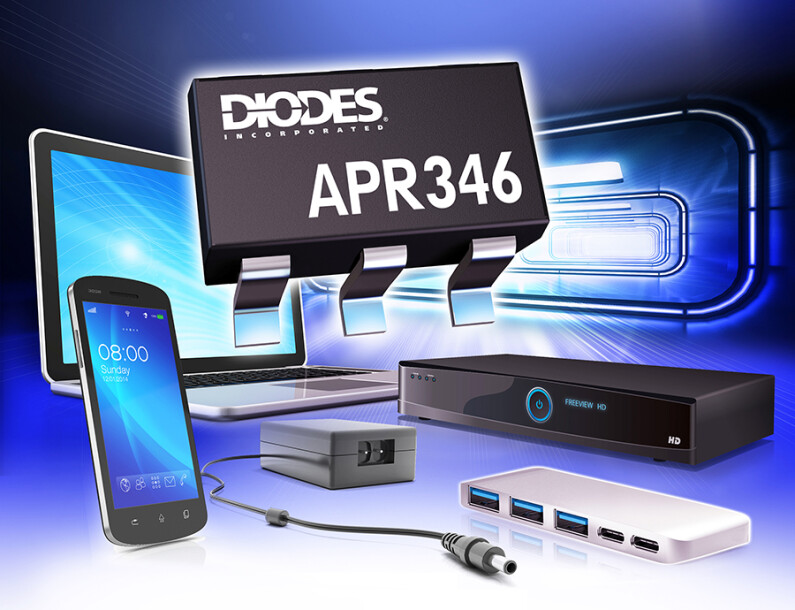Switching to synchronous rectification delivers efficiency gains in off-line power converters

By Qikun Wu, Product Marketing Manager
Have you noticed how well some things go together? I’m not talking about ham and eggs or salt and pepper, which are really just complementary. No, I’m talking about things that need to go together in order to really work, like a camshaft and a push rod.
Putting two things together to create something that is entirely new yet still dependent on its constituent parts is pretty rare in nature, but it’s something we, as intelligent toolmakers, are really good at. It’s something that is particularly prevalent in electronics and, more importantly, this is an area where technology provides us with ways to improve on a consistent basis.
Take power, for example, where generally speaking more is always better. We create demand for more raw power with every electrical item we acquire, and because of this it has become crucial to use power more efficiently. This means that at every level we need more efficient ways of generating, distributing and converting power. Since the early days of energy, high-voltage AC has been seen as the most efficient way of generating and distributing power, and when the main applications were motors and light bulbs, AC was OK. With the invention of the transistor and integrated circuits, DC became more important at a local level.
Until we develop a way of generating all the power we need, on an individual basis, then we will continue to rely on networks of high-voltage AC distribution, piping power to our offices and homes. It is at the end of that pipeline that the conversion takes place, stepping kW of AC down to mW of DC. The steps in between are where the inefficiencies reside, and it is here where the electronics industry is taking steps to reduce those inefficiencies.
This brings us back to synchronicity. Off-line conversion, that is taking a high-voltage AC source and turning it in to a low-voltage DC supply, is the way we consume an increasing amount of our energy. Most recently this is in the form of charging batteries to power our portable devices. One of the more recent conversion topologies to have emerged involves using a transistor on the secondary side that works synchronously with a power transistor on the primary side. The secondary transistor replaces a less-efficient diode and gives the topology its name: synchronous rectification, or SR.
The action of replacing a diode with a transistor that behaves like a diode may seem less efficient, particularly as emulation isn’t normally seen as a lossless process. But in the case of SR it delivers significant benefits, because it enables the associated controller to exercise greater management under variable load conditions. The percentage gains in efficiency are dependent on the way SR is implemented, which means choosing the right solution.
Take the APR346 Secondary Side SR Controller from Diodes as an example. This is a secondary-side MOSFET driver that supports various converter modes including continuous conduction mode, discontinuous conduction mode and quasi-resonant flyback, all of which are popular in off-line conversion configurations. This device delivers just the right gate drive to the secondary-side MOSFET by sensing the drain-source voltage across the primary-side MOSFET. In doing this, it enables greater efficiency in circuits delivering an output voltage in the range of 5V to 20V DC. This covers a wide number of modern applications, including USB with power delivery (PD), something that is becoming increasingly relevant in consumer electronics.
Adding a versatile and competent SR controller like the APR346 can provide the secret source in any off-line converter, and by removing a large number of external components that would otherwise be required using an alternative controller, it can also lower BOM costs while improving the overall efficiency of the end product. That’s the kind of synchronicity we can all appreciate.
